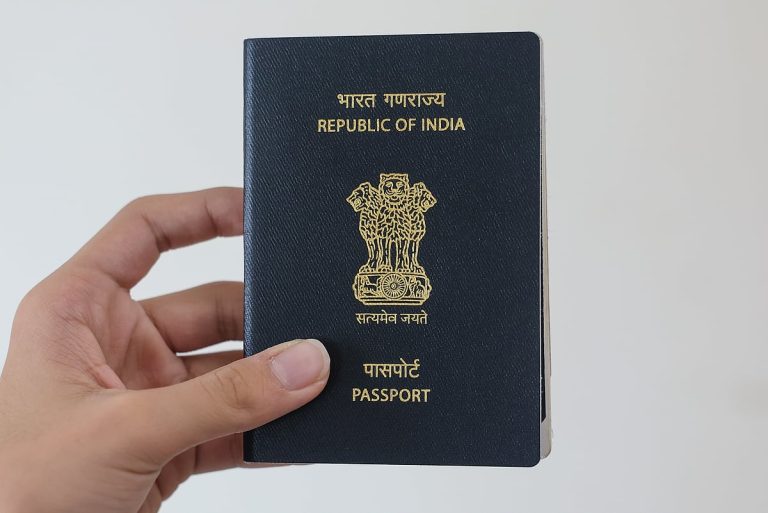Rain and Cooler Weather Expected in the UAE
Residents of the UAE should prepare for a shift in weather conditions as cloudy skies and rain are anticipated on Monday. The National Center of Meteorology (NCM) has indicated that certain areas, particularly along the coast, may experience low clouds and precipitation, affecting cities such as Dubai, Sharjah, and parts of the eastern region.
Weather Overview
Temperatures are expected to gradually decline, particularly in western areas. On average, daytime temperatures will remain in the 30s Celsius, with maximums reaching up to 37°C. However, minimum temperatures could drop to as low as 18°C. Currently, Dubai is experiencing a temperature of 28°C under mostly sunny skies, accompanied by windy conditions.
Humidity and Wind Conditions
Humidity levels are projected to rise, potentially reaching 90%. Winds will vary in intensity, blowing at speeds of 10 to 25 km/h, with gusts possibly reaching 40 km/h. These winds may carry dust and sand, leading to reduced visibility, especially during the daytime in western regions. By nightfall, wind speeds are expected to decrease.
Sea Conditions
The Arabian Gulf is forecasted to have slight to moderate sea conditions, while the Oman Sea will remain slight. These conditions may affect maritime activities, so caution is advised for those planning to venture out to sea.
FAQs
What areas in the UAE are expected to receive rain?
Rain is likely in coastal areas and cities such as Dubai, Sharjah, and parts of the eastern region.
How low will temperatures drop?
Minimum temperatures could fall to around 18°C, particularly in western areas of the UAE.
What should residents expect regarding wind conditions?
Winds will be blowing at speeds of 10 to 25 km/h, with occasional gusts up to 40 km/h, which may lead to dust and reduced visibility during the day.
Conclusion
In summary, the UAE is set to experience overcast skies and rainfall on Monday, with a notable drop in temperatures. Residents should prepare for cooler conditions and potential visibility issues due to wind. Staying updated with local weather reports will be essential for planning outdoor activities.
The expected weather changes in the UAE are part of a broader climatic pattern often observed during this time of year. As the region transitions from the intense heat of summer to the cooler months of autumn, fluctuations in temperature and increased cloud cover are common. The shift can bring much-needed relief to residents who have been enduring high temperatures and low humidity levels throughout the summer months.
Rainfall in the UAE, while not uncommon, is typically concentrated in the winter months. However, occasional rain showers can occur in the fall, particularly in coastal areas. The precipitation forecast for Monday could contribute to the overall annual rainfall totals, which are crucial for replenishing groundwater supplies and supporting the region’s agriculture. The National Center of Meteorology often monitors these weather patterns closely, providing timely updates to help residents prepare for any significant changes.
In addition to the immediate weather impacts, the cooler temperatures and increased humidity can also affect health and outdoor activities. Residents are advised to stay hydrated and take precautions against potential respiratory issues that can arise from dust storms, especially for those with pre-existing conditions. The changing weather may also influence local wildlife and vegetation, as many species adapt to the seasonal variations. As the UAE continues to develop its infrastructure and urban areas, understanding these weather patterns becomes increasingly important for city planning and environmental management.
Also Read:
Caution Urged as Online Investment Scams Rise in Dubai







